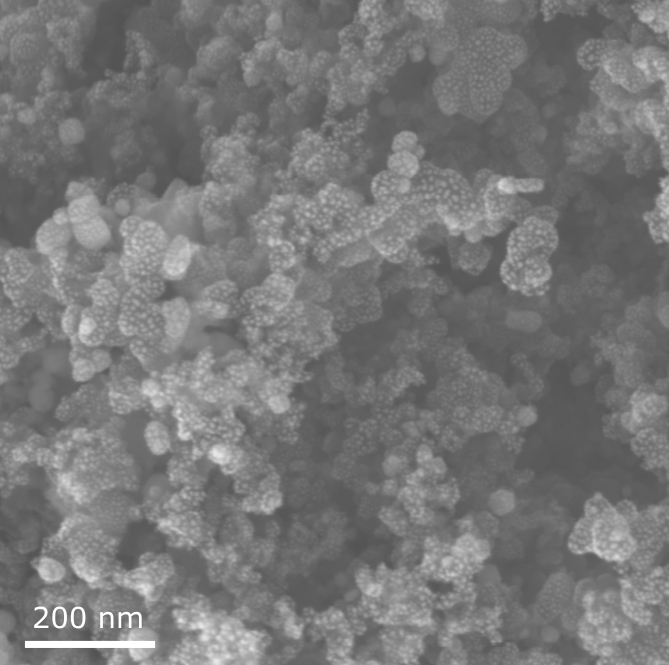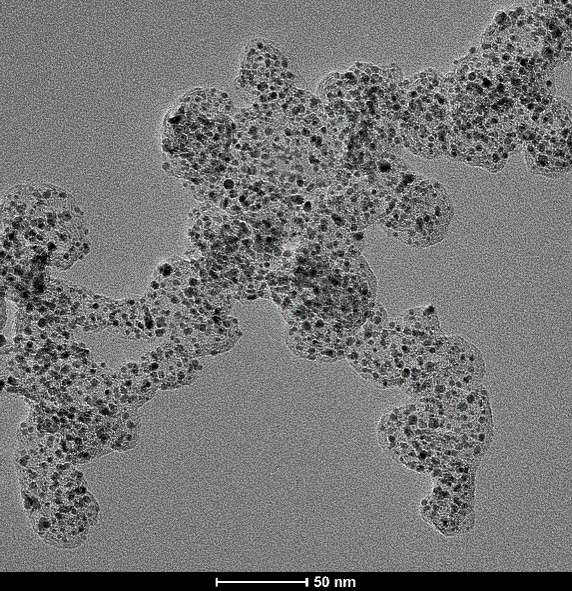CO2-electrolysis
Involved researchers: Guangxin Liu, Henning Lorentz, und Nathalie Matthes
Carbon capture and utilization (CCU) is an ideal strategy to keep control of CO2 emission, while still maintaining sustainable industrialization. Its success will determine the independence of human being on fossil fuels and materials. CO2 electrolysis enables the carbon utilization by transforming CO2 into value added chemicals such as CO, ethylene, ethanol, … so on. We contribute to this topic with activities in cell design and catalyst development. Our research is toward optimized cell design and effective catalysts and membrane materials. These are for the targets of delivering cell current density > 200 mA/cm2 for C2+ products at Faraday efficiency > 50 % and appropriate durability.

- Ag and Cu catalysts are known to be reconstructed and redistributed during the cell operation. Cell stability and Faraday efficiency are therefore degraded accordingly. Our approaches are addressing these issue by synthesis of new phases, compounds with doping or alloys of different elements for improved stability resisting catalyst reconstruction.
- Crossovers of carbonate and liquid products to the anode side cause the complexity of product separation and significant energy lost. Crossover of cations from anode to cathode can cause carbonate deposition and passivation of catalyst surfaces. We address these issues by designing effective cell configuration and membrane.
- To fabricate high quality catalyst layers to achieve high cell performance and reproducible results, we optimize manufacturing process from catalyst ink formulation to deposition process of catalyst layers.


